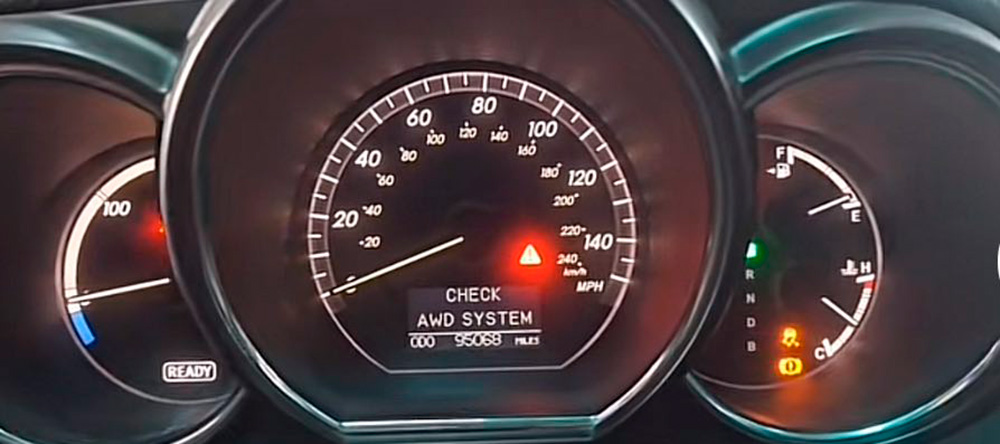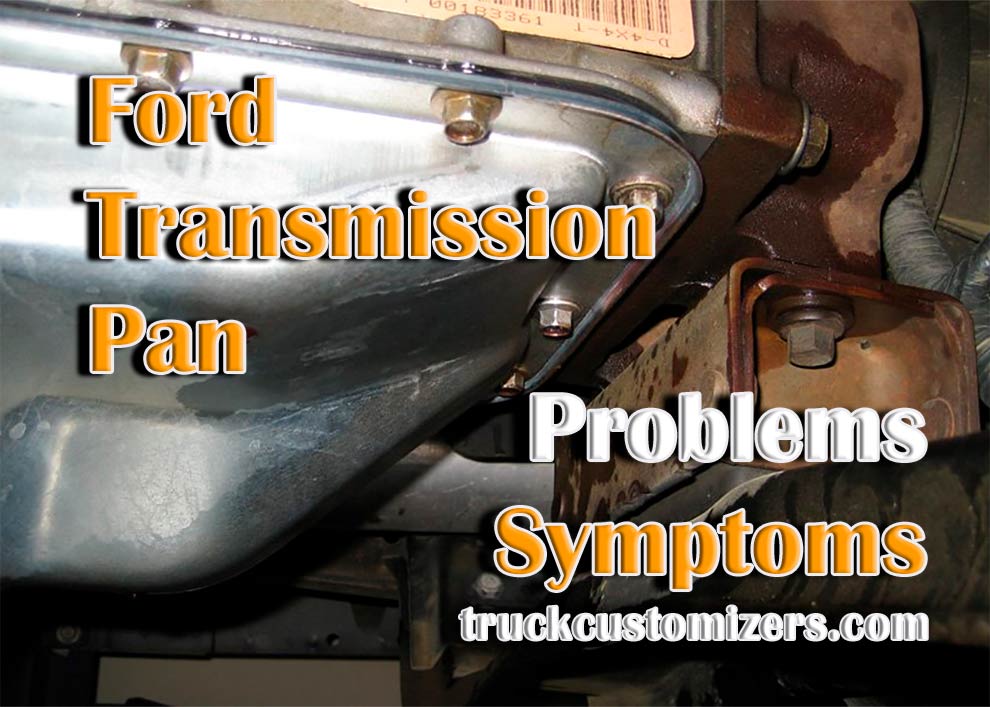In modern automotive technology, All-Wheel Drive systems have become increasingly popular due to their ability to offer superior traction, handling, and safety on diverse terrains and under various weather conditions. AWD systems are designed to power all four wheels of a vehicle, improving its performance and stability as compared to two-wheel drive options. However, like any other component of an automobile, AWD systems require regular maintenance and checks to preserve their functionality and ensure the smooth running of your vehicle.
This is particularly crucial given that any malfunction in the system can compromise your safety on the road. It becomes crucial for every car owner with an AWD vehicle to understand how to check AWD system effectively for possible issues or malfunctions. This article aims at guiding you through this process by providing step-by-step instructions that will empower you with the knowledge needed not just for ascertaining the health of your car’s AWD system but also leveraging its benefits in enhancing your driving experience.
Understanding the Importance of Regular AWD Checks
Regular checks of your AWD system are paramount for ensuring the vehicle’s optimal performance and safety. The AWD system’s complex mechanics involve multiple components, such as differentials, transfer cases, and electronic sensors, all working in harmony to distribute power effectively across all four wheels. Failing to perform routine checks and upkeep can result in reduced control of the vehicle, accelerated wear on tires, and possibly expensive repair work. Moreover, an unchecked AWD system may fail to deliver the enhanced traction and stability it’s designed for, especially critical in adverse driving conditions. By routinely examining the AWD system, you not only extend the life of its components but also maintain the vehicle’s overall reliability. This proactive approach is essential in preventing unforeseen failures and guaranteeing a more secure and agile driving experience.
Tools Needed for AWD System Checks

To conduct a thorough check of your AWD system, certain tools and equipment are essential. Firstly, a reliable jack and jack stands are necessary to safely lift and support the vehicle for undercarriage access. A torque wrench and a set of sockets will aid in examining bolts and mechanical connections for proper tightness. For electronic components of the AWD system, a diagnostic scan tool is invaluable.
This tool can read trouble codes from the vehicle’s onboard computer, identifying potential issues with sensors or the electronic control unit. Basic hand tools like screwdrivers and pliers will also come in handy for minor adjustments and checks. Additionally, having a flashlight or a work light can significantly improve visibility in undercarriage inspections. Equipping yourself with these tools ensures you’re prepared to effectively assess and maintain your AWD system’s condition.
Step-by-step Guide to Checking Your AWD System
Conducting a comprehensive check of your AWD system involves a systematic approach. Start by making sure your vehicle is parked on a flat surface and safely elevated with the use of jacks and stands. Begin by visually examining the AWD elements, including the driveshafts, axles, and differentials, for indications of deterioration or harm, like leakage, fractures, or slack connections. Next, check the fluid levels in the differentials and transfer case; low fluid levels can indicate leaks or point to potential wear.
Using a diagnostic scanner, examine the vehicle’s computer for any error codes that could signal problems with the AWD system’s sensors or electronic controls. Pay attention to the tires as well; uneven wear can suggest issues with the AWD system’s balance or alignment. Lastly, go for a test drive in your vehicle to detect any atypical sounds or problems with handling. This detailed inspection approach aids in the prompt identification of potential issues, facilitating early intervention for repairs and upkeep. Also, for Silverado owners looking to enhance their vehicle, consider reading about the best leveling kits for Silverado for improved performance and aesthetics.
Identifying Common AWD System Issues
Recognizing common issues in AWD systems can save time and prevent further damage. One frequent problem is fluid leaks from the transfer case or differentials, which can lead to inadequate lubrication and eventual failure of the system. Another common issue is worn or damaged driveshafts and CV joints, which can manifest as clicking noises during turns. Malfunctioning sensors or a faulty AWD control module can also cause the system to behave erratically. Tire wear is another indicator; mismatched tires or incorrect tire pressure can disrupt the AWD system’s operation. Furthermore, experiencing atypical grinding sounds or vibrations while driving could signal mechanical issues in the system. Being able to identify these signs allows for timely interventions, ensuring the AWD system functions effectively and prolongs the vehicle’s lifespan.
Tips for Maintaining Your AWD System
Maintaining your AWD system effectively can significantly extend its life and improve your vehicle’s performance. Regularly check and maintain the correct level of fluids in the differentials and transfer case, as these are crucial for the smooth operation of the AWD components. It’s equally crucial to use fluids recommended by the manufacturer to ensure maximum compatibility and efficiency. Regular tire maintenance, including keeping them properly inflated and rotating them according to the manufacturer’s schedule, ensures even wear and proper functioning of the AWD system.
Avoiding harsh driving conditions, like excessive off-roading or towing heavy loads beyond the vehicle’s capacity, can also prevent undue stress on the AWD system. Additionally, quickly responding to any warning indicators or strange sounds can help avert small problems from developing into significant repairs. Adhering to these maintenance guidelines will help guarantee both the dependability and extended lifespan of your AWD system.
Conclusion
In conclusion, understanding how to check and maintain your AWD system is crucial for ensuring the optimal performance and longevity of your vehicle. Routine checks and upkeep can avert expensive fixes and ensure your AWD system operates smoothly. Being proactive in identifying common issues and addressing them timely is key to avoiding unexpected breakdowns and ensuring a safe driving experience. Remember, the AWD system is a complex but essential component of your vehicle that demands attention and care. By following the guidance provided in this article, you can enjoy the full benefits of your vehicle’s AWD capabilities and maintain its performance in top condition. Whether you’re an experienced mechanic or a casual driver, the knowledge and steps outlined here will empower you to take the best care of your AWD system.



